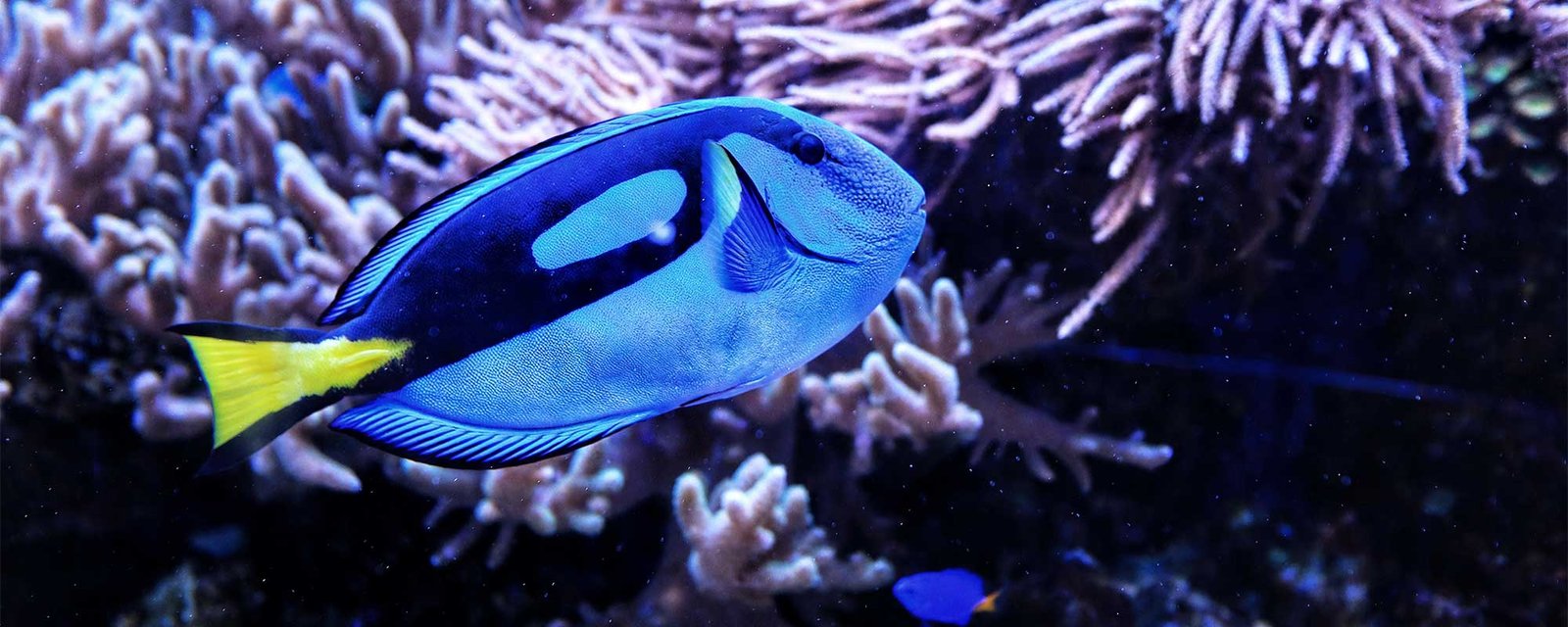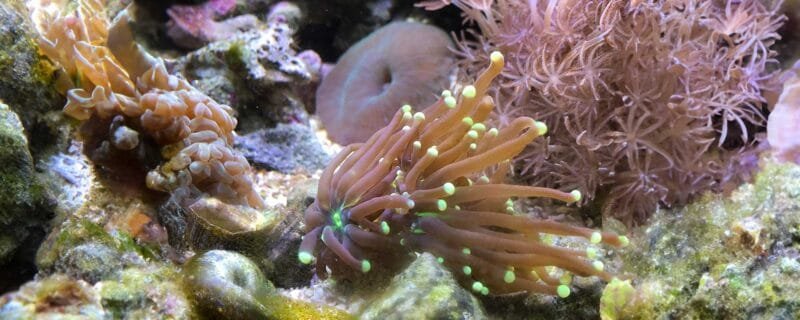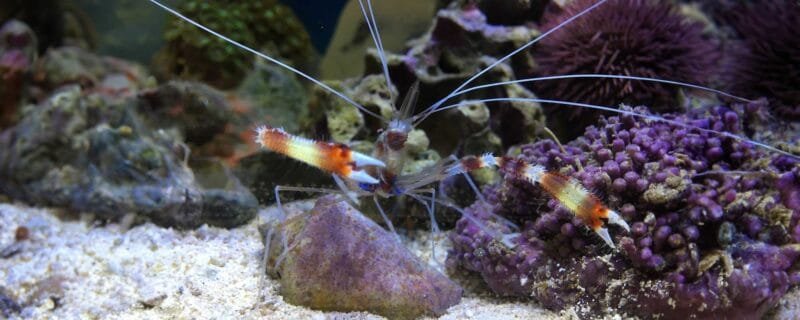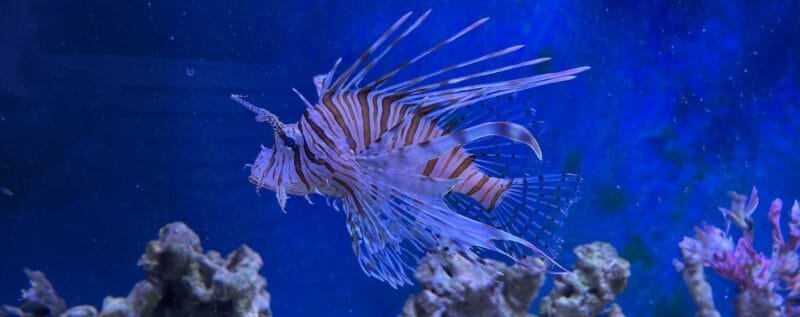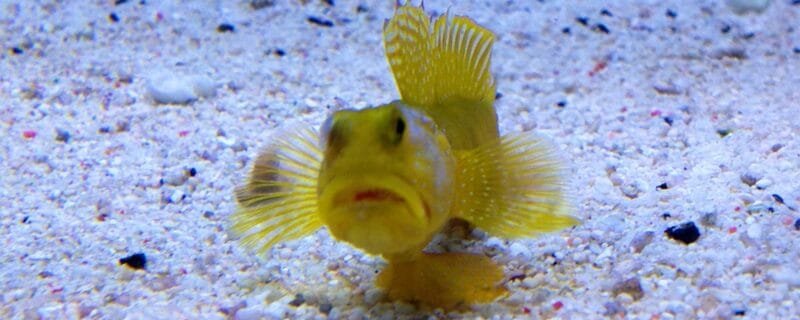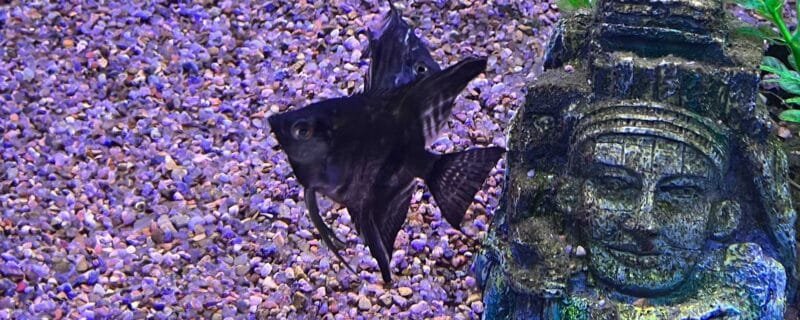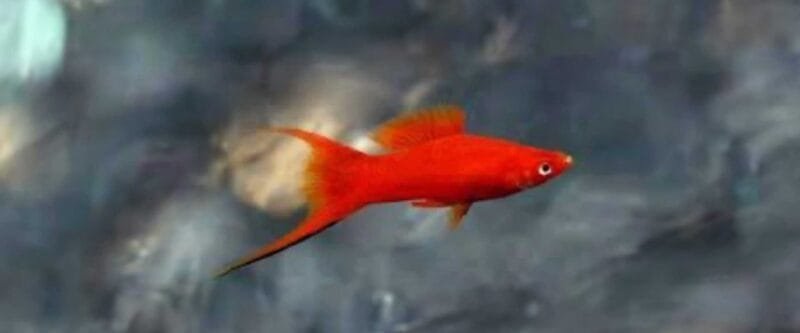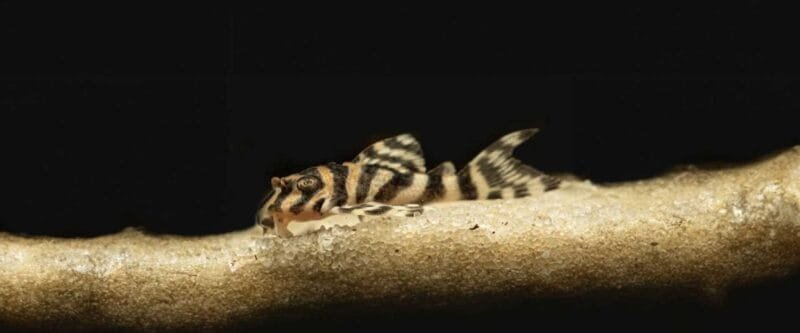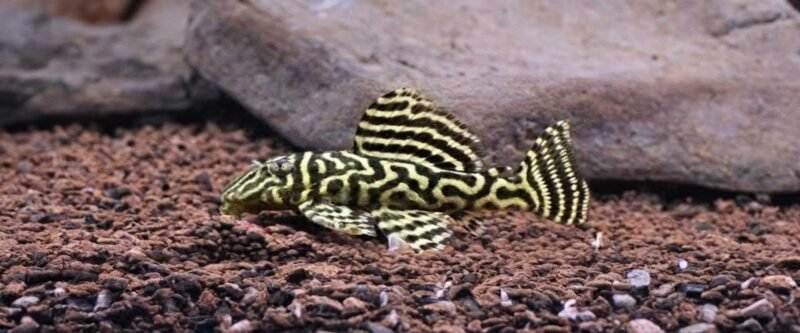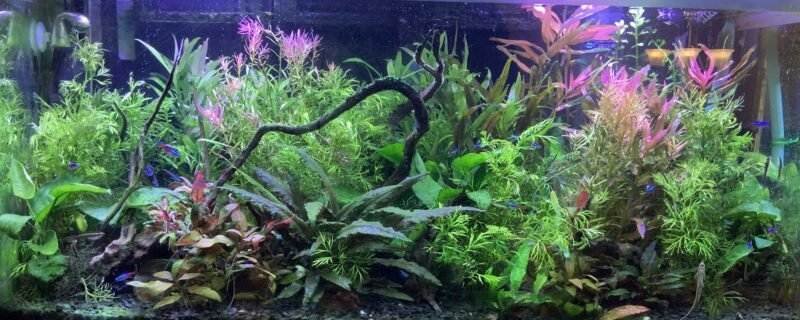The Vibrant Hippo Tang (Paracanthurus hepatus): A Splash of Blue in Your Marine Aquarium
The Hippo Tang, scientifically known as Paracanthurus hepatus, is a captivating and iconic marine fish species that has captured the hearts of aquarists and movie enthusiasts alike. With its dazzling blue coloration and distinctive shape, this graceful fish is a prized addition to marine aquariums. In this blog post, we’ll explore the world of the Hippo Tang, including its characteristics, natural habitat, suitability for community tanks, native range, dietary preferences, alternative names, and more.
Characteristics and Size
The Hippo Tang is celebrated for its vivid and striking appearance, featuring:
- A sleek, laterally compressed body with a bright royal blue coloration.
- A distinctive black “palette” on the caudal peduncle and a yellow tail fin.
- A modest size, typically reaching lengths of 12-15 centimeters (4.7-5.9 inches) when fully grown.
These fish are known for their peaceful nature, making them a popular choice for marine community aquariums.
Habitat and Native Range
The Hippo Tang is native to the warm tropical waters of the Indo-Pacific, where it inhabits coral-rich environments and reef slopes. Its natural range spans from the eastern coast of Africa to the islands of the western Pacific Ocean, including regions around the Great Barrier Reef in Australia.
Suitability for Community Tanks
The Hippo Tang is generally suitable for marine community aquariums, but there are some important considerations:
- Tank Size: Provide a tank of at least 75-100 gallons (284-378 liters) to accommodate the size and swimming needs of the Hippo Tang.
- Compatible Tankmates: While they can coexist with other fish, especially in larger aquariums, Hippo Tangs may become territorial as they mature. Careful observation and compatible tankmates are essential.
- Reef Compatibility: Hippo Tangs are generally considered reef-safe, but they may occasionally nip at or graze on corals. Ensure your corals can tolerate their browsing behavior.
Diet and Feeding Habits
Hippo Tangs are herbivores, with a diet that primarily includes:
- Algae and marine vegetation.
- Various types of seaweed and macroalgae.
- Grazing on film and hair algae.
In a home aquarium, it’s essential to replicate their natural diet by offering a mix of high-quality marine-based foods. This can include marine algae sheets, blanched vegetables like spinach and zucchini, and a range of herbivore-specific pellets or flake foods.
Alternative Names
The Hippo Tang is also known by several alternative names, including:
- Pacific Regal Blue Tang
- Palette Surgeonfish
- Dory (Inspired by the character in the movie “Finding Nemo”)
Conclusion
In conclusion, the Hippo Tang (Paracanthurus hepatus) is a dazzling and peaceful addition to a marine community aquarium, cherished for its vibrant blue colors and graceful demeanor. By providing a suitable environment and a balanced diet, you can enjoy the beauty and elegance of these marine wonders in your own underwater paradise.

